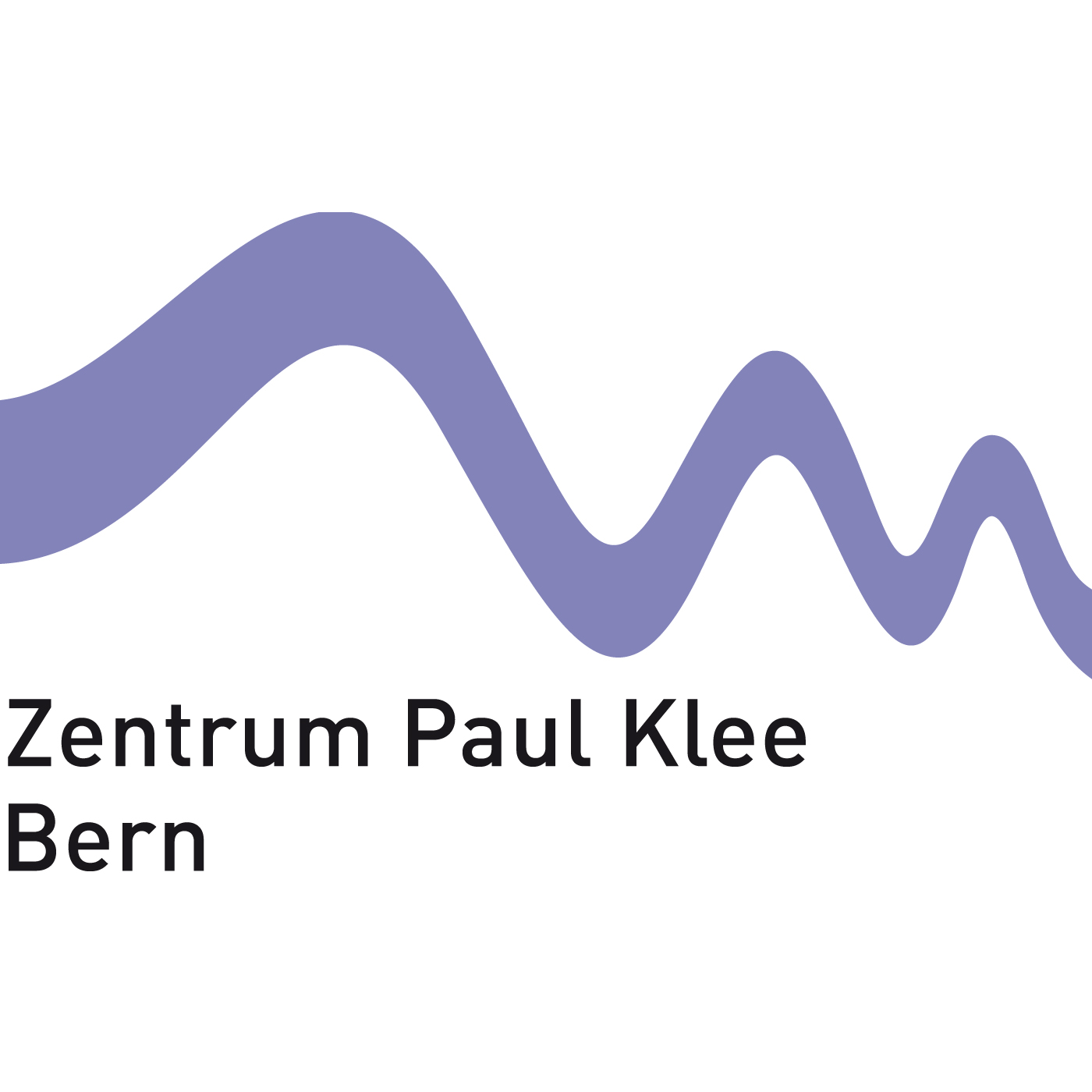Paul Klee - Insula dulcamara, 1938
Description
This picture is the largest painting Paul Klee ever completed with the remarkable length of 176 cms. As is typical for this period Klee used newspaper which he glued onto jute. With colour paste he painted thick black stripes directly onto the paper. Only afterwards did he apply the white grounding and painted the background of pastel colours with colour paste. Also typical for the late works, the basic structure is defined by massive broad beam-like shapes. Nevertheless these still allow enough space for the different bright colour shades to assert their independent pictorial accents. The partly optically shortened figure-like elements, partially appearing like signs of a secret writing in their graphic black forms, generate a conspicuous relationship to the coloured areas. These pictorial signs are characteristic of Klee’s late works. The influence of scripts, hieroglyphics and symbols is recognisable, the signs appearing as Klee said himself, automatically, without reflection and without bearing any particular meaning. The signs were a new and now frequently used possibility for the formal structuring of the painting. Partially they remain rudimentary, abstract shapes or else they are grouped into the outlines of figures. The original title of the painting «Island of Kalypso» appears at first glance to indicate a thematisation of Odysseus’ stay on the island of the nymph Kalypso. During the work process Klee expanded the reference to the Greek mythological content to a more open visual statement leading to the recognition of personal factors and an interpretation of his difficult situation in the painting. Certainly the painting can and must be seen as also autobiografic, although it must not be forgetten that Klee made no statement on the content of the picture.The centre of the picture is dominated by a black contoured faded face. In numerous drawings and paintings Klee was involved with faces and masks – rather as a reflection on his present situation. Klee was aware that his death was approaching but worked only with indirect suggestion and not in autobiografical images. The picture awakens exotic associations and points toward the opposites of sweet and bitter. The gentle colourfulness and the white scull-like face underline this. Klee is also making a reference to medicine. Solanum dulcamara is the Latin name for the highly poisonous deadly nightshade plant Bittersweet, used as an anti-inflammatory herbal cure and for rheumatic symptoms. It is possible that it also brought relief for Klee’s illness, Sclerodermie. The scarlet red fruits in the picture and the few brown leaves directly indicate Bittersweet in its ripe condition.
More Episodes
At the time around 1919, after his experiences in the 1st World War and his first successes in the art market, Paul Klee took up the theme of personal awareness and self-reflection in numerous self-portraits. The best known of these is the pencil drawing «Absorbtion». Klee’s theme here was less...
Published 03/17/17
You would not want to meet Paul Klee’s "hungry girl" from 1939 in a dark alley at night. It shows a girl as a tooth-baring beast with glaring eyes. Nothing remains of a human being, let alone a sweet little girl. Its whole appearance is animal-like, even down to the little lines that Klee uses...
Published 03/17/17
The doll with purple ribbons appears strange. The androgynous mixed being seems to float in space as though directed by an invisible hand. For the first time in Klees work a humanlike figure is shown as a marionette, a motive which in his later work gained great importance. The doll behaves...
Published 03/17/17


